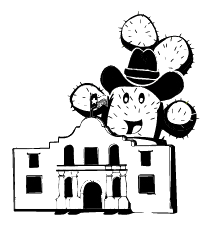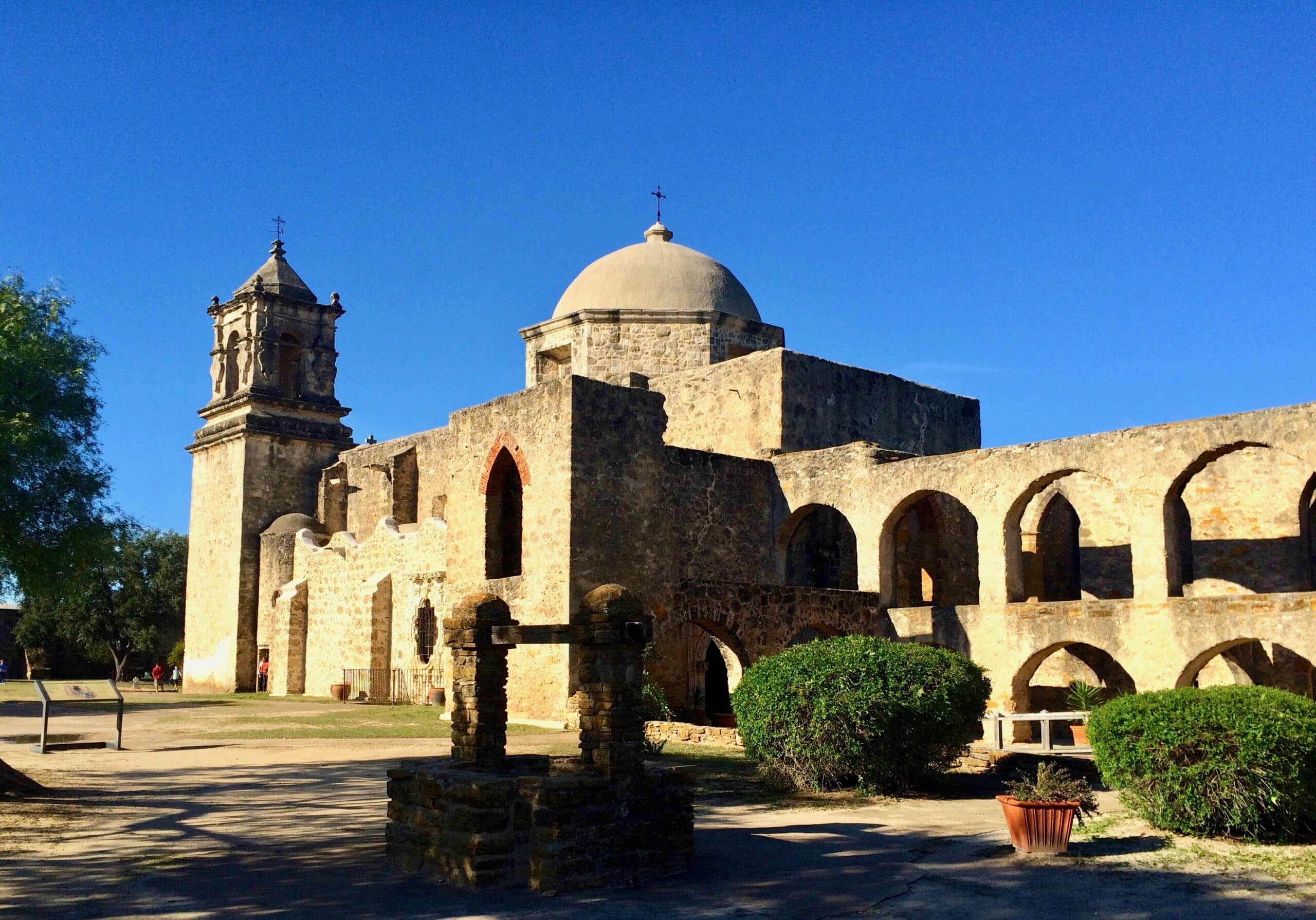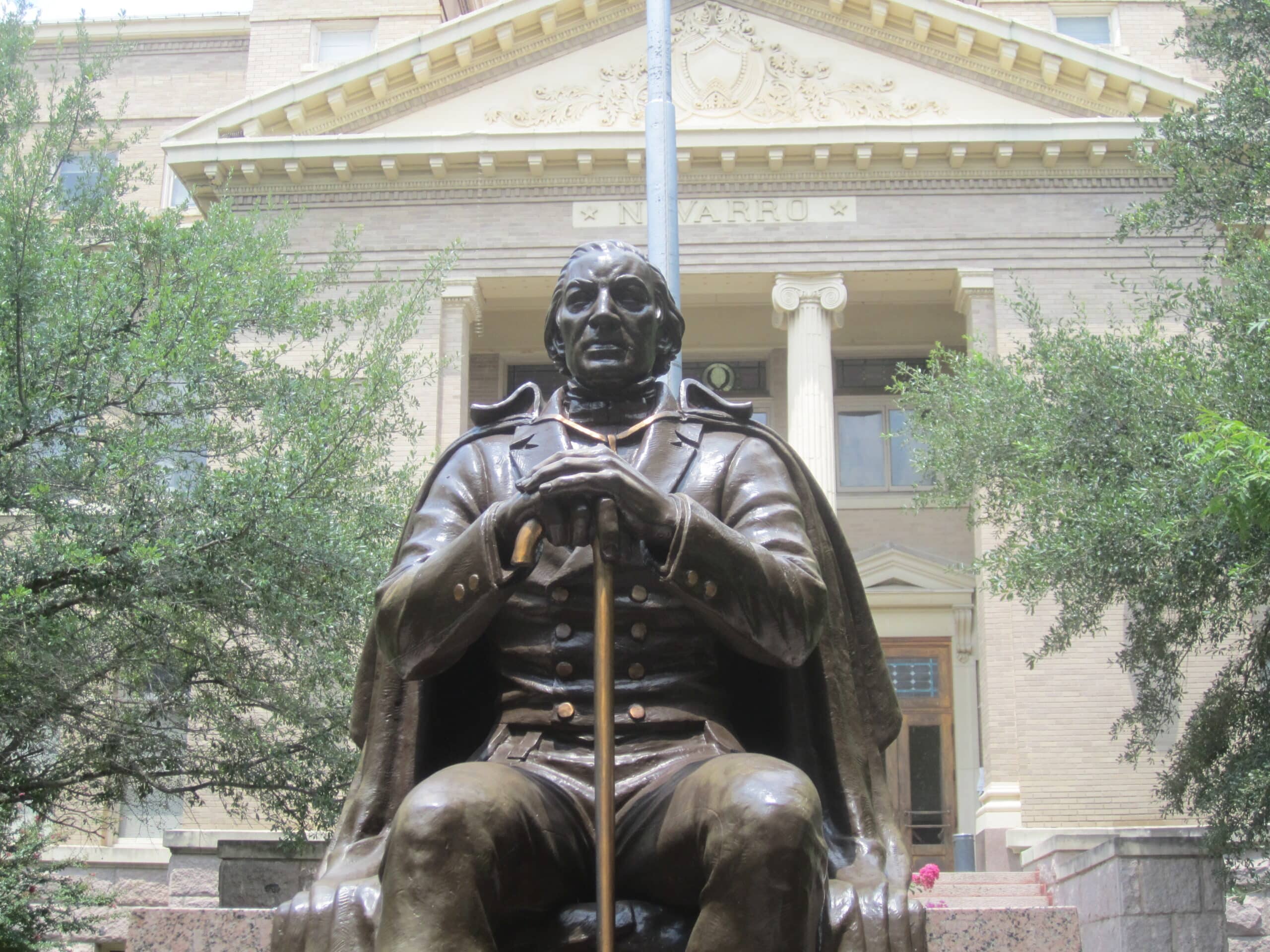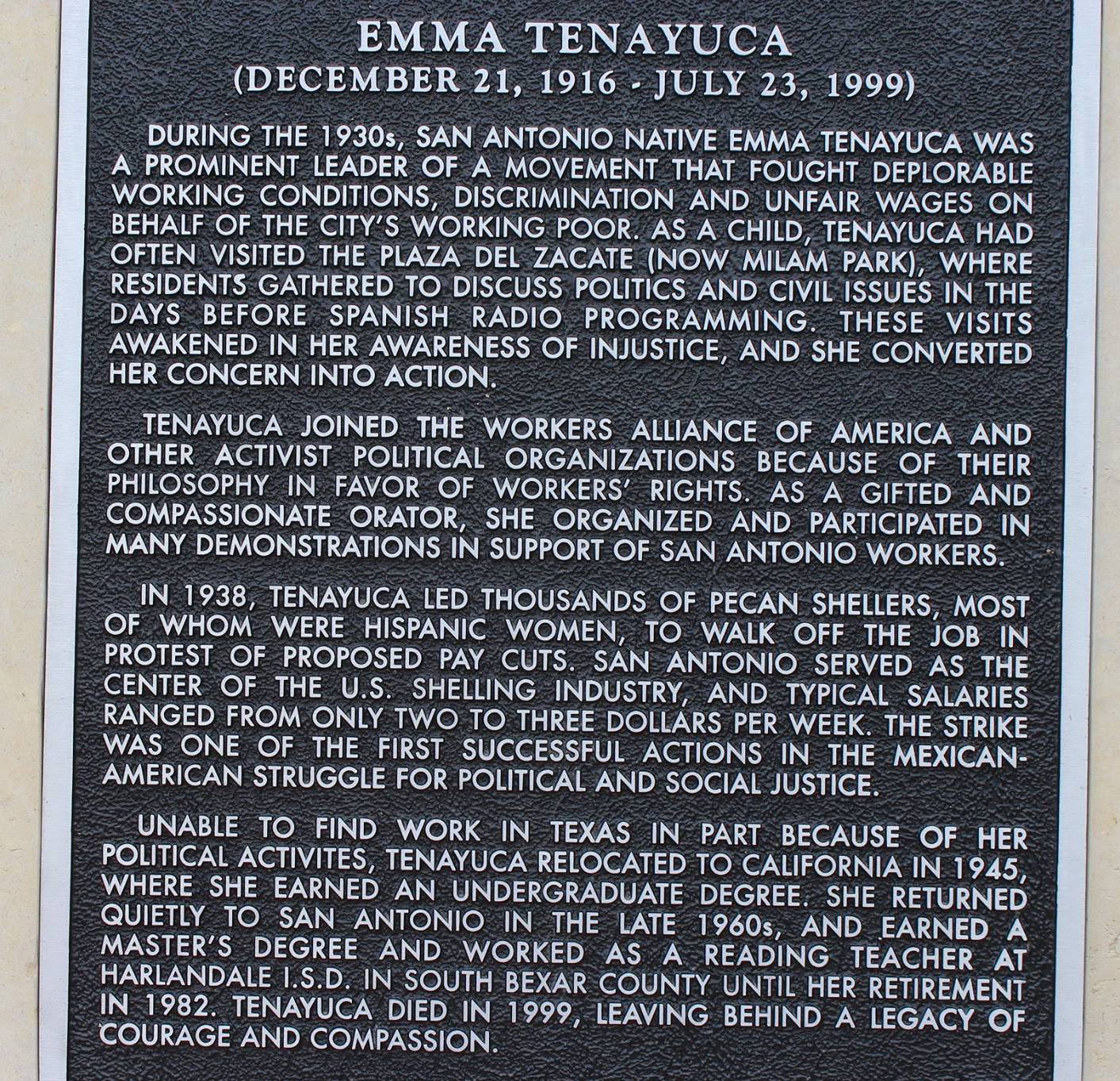 La Tejas hispana
La Tejas hispana
In the sections of El mundo tejano, you will learn about the cultural features of Hispanic Texas. The objective is to broaden your knowledge of the unique ways in which the Hispanic community has contributed to this state. In this module, the information will be in English, but as you progress in your learning process, more Spanish will be incorporated. What do you know about the Hispanic population in your hometown? How has Hispanic culture influenced your home city?

Soy tejano/a
The Tejanos/as [teˈxano] (derived from “Tejas,” the Hasinais Indian name for “Texas,” meaning “friends” or “allies”) are residents of the state of Texas who are culturally descendants of the original Spanish-speaking settlers of Texas and northern Mexico. They may be of Criollo Spanish or Mexican American origin. Historically, the Spanish term Tejano has been used to identify various groups of people. During the Spanish colonial era, the term was primarily applied to Spanish settlers of the region now known as the state of Texas (first it was part of New Spain and after 1821 it was part of Mexico). After settlers entered from the United States and gained the independence of the Republic of Texas, the term was applied to mostly Spanish-speaking Texans, Hispanicized Germans, and other Spanish-speaking residents. In practice, many members of traditionally Tejano communities often have varying degrees of fluency in Spanish with some having virtually no Spanish proficiency, though they are still considered culturally part of the community. Since the early 20th century, Tejano has been more broadly used to identify a Texan Mexican-American. It is also a term used to identify natives, as opposed to newcomers, in the areas settled. Latino people of Texas identify as Tejano if their families were living in the state before the area was controlled by Anglo Americans. [1]
La lengua tejana
Texas has no official language. However, as with the rest of the United States, English is the predominant language of the state. Spanish is also spoken by approximately one-third of the population, and it is the first language of many residents from the towns on the Mexican border. However, don’t assume that all Hispanic Texans speak Spanish. Some families have been in Texas for longer than Texas has been part of the U.S., and thus either speak only English, or use Spanish only as a second language. [2]
Was this information new to you? Do you know anything else about Tejanos/as? Do you know any famous Tejanos/as? For example, do you know who José Antonio Navarro was? Have you ever heard of Emma Tenayuca? You can learn more about these important Tejanos by watching the videos below.
José Antonio Navarro

(Used with permission of the Texas Historical Commission. This is copyrighted material, and it should not be embedded in derivatives.)
Emma Tenayuca

Attribution: By teach421C, licensed under CC BY 4.0.
Más sobre la Tejas hispana
La historia
We now invite you to learn more about the beginnings of Spanish Texas. You can do so by watching the video Spanish Settlement of Texas, developed by the Texas Historical Commission. How long has Spanish been part of Texas?
(Used with permission of the Texas Historical Commission. This is copyrighted material, and it should not be embedded in derivatives.)
We also suggest that you explore the UTSA digital collection of historical photos. Click on this link.
El presente
What kind of experiences do Tejanos/as have as Texas residents? We invite you to explore the digital collection Tejano Voices (click on https://library.uta.edu/tejanovoices/) at the University of Texas at Arlington. Listen to two or three interviews (e.g., choose people of different gender and age), and write down a list of themes. What challenges do these Tejanos/as make reference to?
Aprendemos más…
To learn more about Tejanos/as, and how they differ from other Hispanic populations in the United States, you can do the following activity:
 ¡Manos a la obra!
¡Manos a la obra!
Actividad. Eva Longoria
Watch Eva Longoria’s video in https://youtu.be/3yOWkkVc7qM, and answer the following questions:
- Are Latinas in Texas the same as Latinas in other parts of the US?
- What is special about the Hispanic population in Texas?
- How long has Eva’s family lived in Texas?
- How does Eva define the relationship between her family and Texas/the border?
- What does Eva’s family history tell you about the Hispanic presence in Texas?
- How is Eva’s family history related to some of the events in the video on the history of Texas and José Antonio Navarro?
Click on the following button to check how much you remember about the information you just learned.


